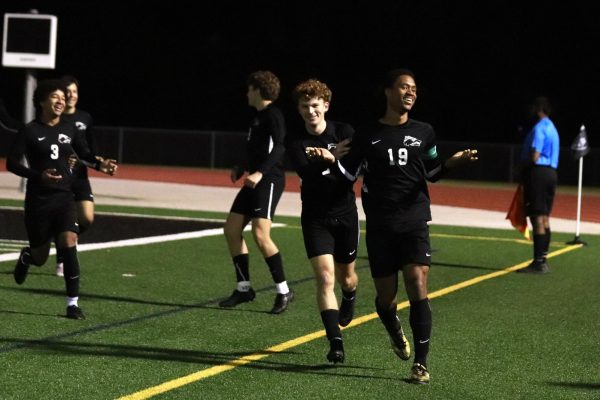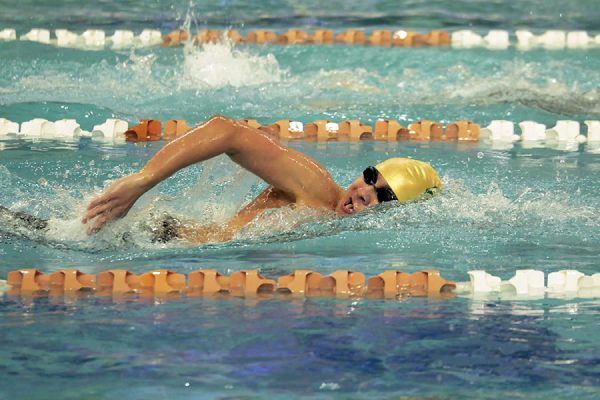The Robolobos Are Back
A Look into the Robotics team; Preview of Build Season
Sophomore Barbara Sylvester smiles at the camera as she designs the drive train of the robot. The robotics team is working on a new robot for this build season. “Our goal for this build season is to create a working robot,” Sylvester said. “As we go through the building process, we create small goals to keep the process moving steady, but the overall goal is to have a working and moving robot that the whole team contributed on by our first competition.”
February 12, 2020
The Robolobos are back and cooking up a new robot. This build season, they will be making a new robot and presenting it at different competitions. This robot consists of several abilities and techniques that it will demonstrate in the competitions, which consists of games that the robot must play.
“Our goal for this build season is to create a working robot,” sophomore robotics team member Barbara Sylvester said. “As we go through the building process, we create small goals to keep the process moving steady, but the overall goal is to have a working and moving robot that the whole team contributed on by our first competition.”
The building season began on Jan. 4. Some members of the team traveled to Dripping Springs High School, where they received a supply kit and watched a live stream of the competition. The event discussed the general rules and theme of the game. After viewing the live stream, the team began discussing the strategies and tasks of the robot.
The team starts off by designing the robot on an online program. Meanwhile, the hardware group builds game elements for the robot to practice in advance in order to record accurate measurements and the software group works on the movements of the robot.
“We write the code for the robots,” senior head of software Logan Dane said. “[The] hardware [group] [makes] the motors so that the robot can do [tasks], and we make it so that we can tell the robot when to run the motor.”
The team is working on a new vision feature for the robot. This feature will enable it to detect objects.
“That’s where the robot has its own eyes and it can detect stuff,” Dane said. “We’re using it this year so we can detect some of the game pieces and have the robot go and automatically pick it up.”
The robot already has some abilities that have been coded into it. This includes another feature such as climbing, a feature that will help at the end of the game in which competitors’ robots must hang on and climb on a paraglider-like object.
“So far, the robot can shoot into one of the goals [in the game],” Dane said. “We’re gonna make it so that it is able to auto detect some of the pieces for it and then it can go and drive, pick those pieces up and score them for us. It will also be able to climb.”
While the coding of the robot is happening, the team then moves on to business, which involves hosting fundraisers. The team has completed two fundraisers so far; On Jan. 14, they hosted the SuperSmash Brothers tournament, and earlier in the year, they hosted the MarioKart Tournament. The team also applies for grants as part of the business section.
“[The purpose of fundraising] is to support the program by buying materials to build the robot,” robotics sponsor Allison Trueblood said. “[It] also to help us travel to different competitions throughout our season.”
After the team has raised money and the digital design of the robot has been made, the members of the hardware group then begin the actual building of the robot.
“We are still only just now coming out of the design phase, but we’ve been prototyping parts and strategizing our approach to the game for 2020,” senior vice president of engineering Zoya Deen said. “We’ve started on the chassis, which is essentially the bottom frame of the robot that it drives on.”
In this year’s game, the team has a bottom and top port to score in; the robot must be able to manipulate game pieces and score in either one of those ports. The team has planned out the tasks the robot is supposed to do and the overall design of it to ensure success.
“We use a rolling intake to pull the power cells, which are basically dodgeballs, into an elevator type system [that] uses rotating shafts to lift the balls into a cage-like storage system,” Deen said. “[Then,] the robot can outtake them into the bottom port. Additionally, we use pneumatic pistons to lift an arm that can pull the robot up on the hang rail. We are working on potentially slapping on a wheel and motor to rotate the control centerpiece of the game as well, which is a large color wheel which the robot must manipulate in order to level up.
The team takes about four weeks to actually build the robot, Deen said. This is because there are other components to the robot as well. Once the assembly process is complete, they go through two regional competitions and districts.
“We have six weeks in a build season, but this also includes time to design, code and practice driving,” Deen said. “When we go to competition, we’ll learn a whole lot and probably work on some improvements in between competitions.”
This year, the team hopes to eventually make it to the World Competition in Houston, a chance for all the worldwide robotics teams to compete with their robots.
“We want to get to Worlds because it is a really big honor and the best of the teams [get] to go to,” Sylvester said. “But it’s also super cool getting to meet a bunch of the other teams from all around the world. It is a really big honor to be able to qualify for Worlds and compete among a bunch of the best teams in the world.”
Deen said the team should be recognized for the work they have put into the creation of the robot, as the process of creating a robot has a variety of steps that must be taken, considering that build time is only a couple of weeks.
“I think its really good to emphasize just how much goes into the robots we build,” Deen said. “It’s not just building. We have to strategize, CAD (Computer-Aided Design), build and code the robot. We also have a business team that is tasked with working towards getting us awards, which, last year, we won an entrepreneurship and a spirit award.”
As part of the fundraising, the team will host one of their biggest annual fundraisers this Saturday, the Chili Cookoff. The funds accumulated will go directly back into the needs of the team.
“The Chili Cookoff is [an event] [where] we gather the community and they’re basically competing for the best chili,” senior project manager Nitiya Sadasivan said. “[People] will vote for the best chili that they like, and at the end, we announce who the winner, and we have a little trophy that we give them.”
In addition to competing, the cookoff is also an opportunity for the team to showcase their robot. They will drive the robot around and display the tricks of the robot.
“[The competition], more simply, is where we show off our robot [that] we’ve worked so hard on these six weeks,” Sadasivan said. “And we are really proud to show it off, and that’s basically why we bring the community together, to show what we do as a team.”
For more information about the Robolobos and future fundraisers and events, visit their website.

![Posing with their UIL State Trophy, the Robolobos Van Halen Team beams with excitement after their win. “It was a team effort,” junior Noah Vo said. “I was happy because something happened in the first match and the match was also really close. So [when] they finally revealed it, I was pretty happy.” Photo courtesy of Amy Lovelace](https://cphswolfpack.com/wp-content/uploads/2025/05/IMG_0910-EDIT-1200x723.jpg)
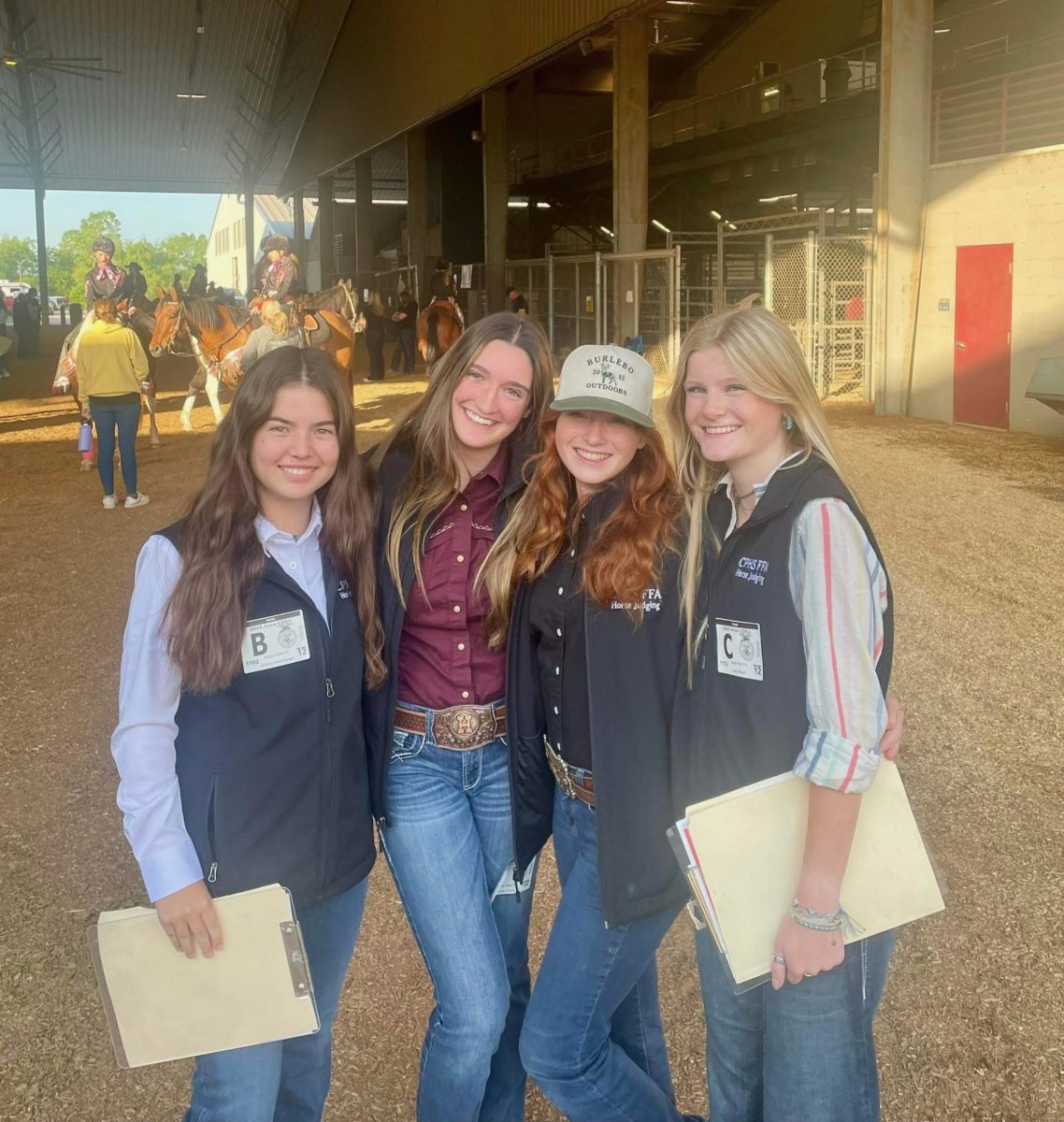
![Broadcast, yearbook and newspaper combined for 66 Interscholastic League Press Conference awards this year. Yearbook won 43, newspaper won 14 and broadcast took home nine. “I think [the ILPC awards] are a great way to give the kids some acknowledgement for all of their hard work,” newspaper and yearbook adviser Paige Hert said. “They typically spend the year covering everyone else’s big moments, so it’s really cool for them to be celebrated so many times and in so many different ways.”](https://cphswolfpack.com/wp-content/uploads/2025/05/edited-ILPC.jpg)


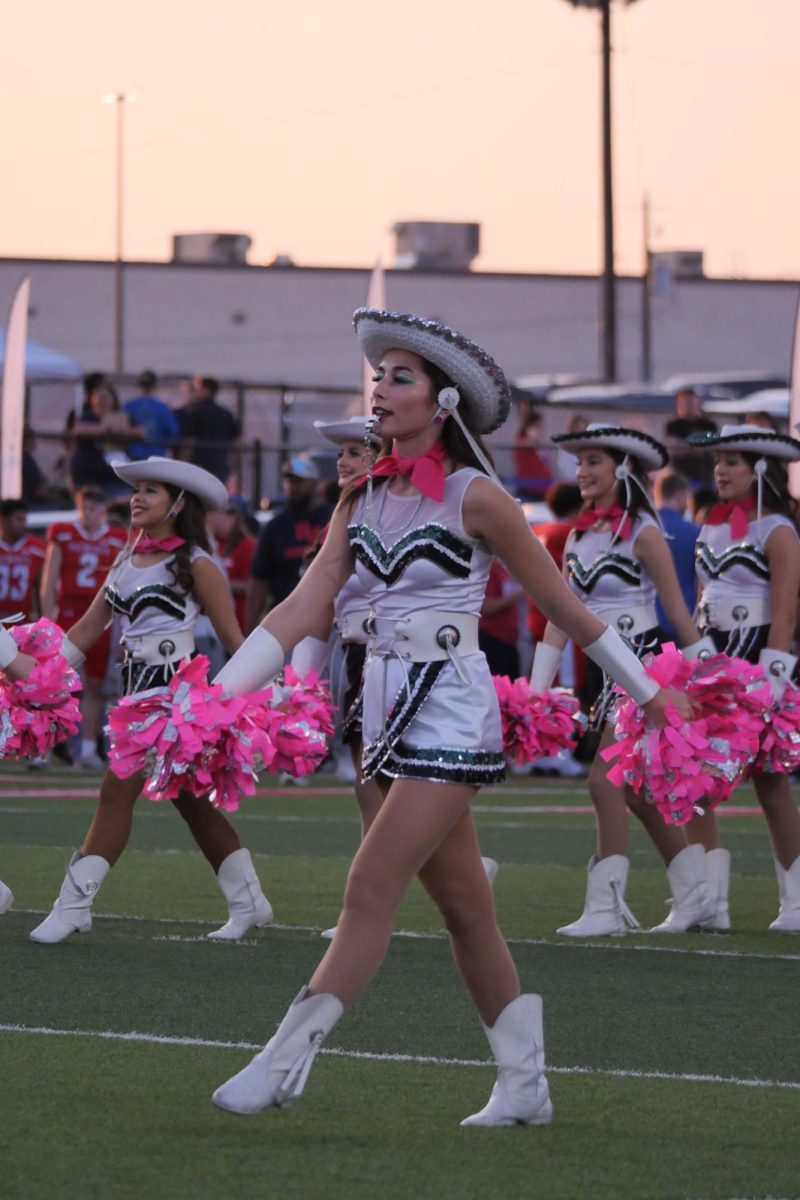





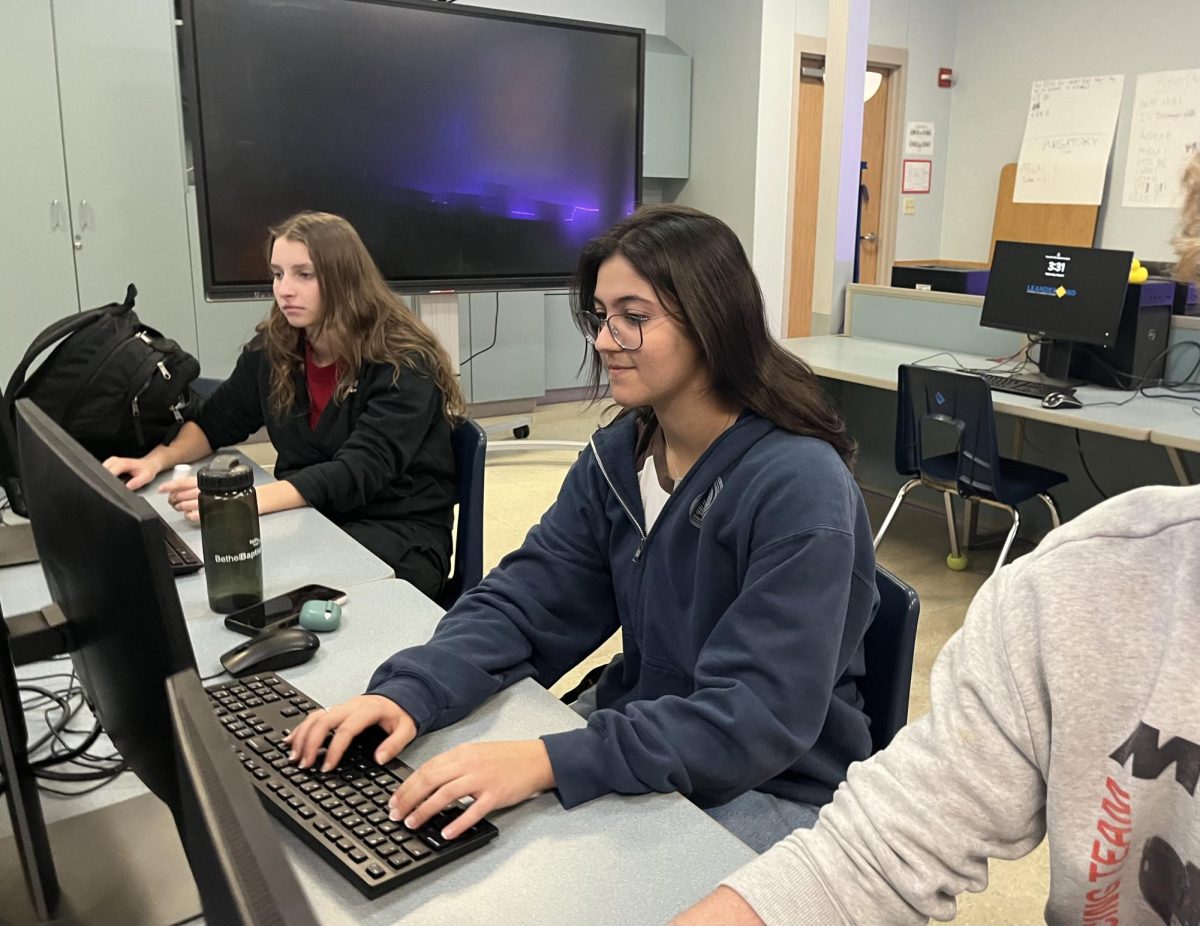


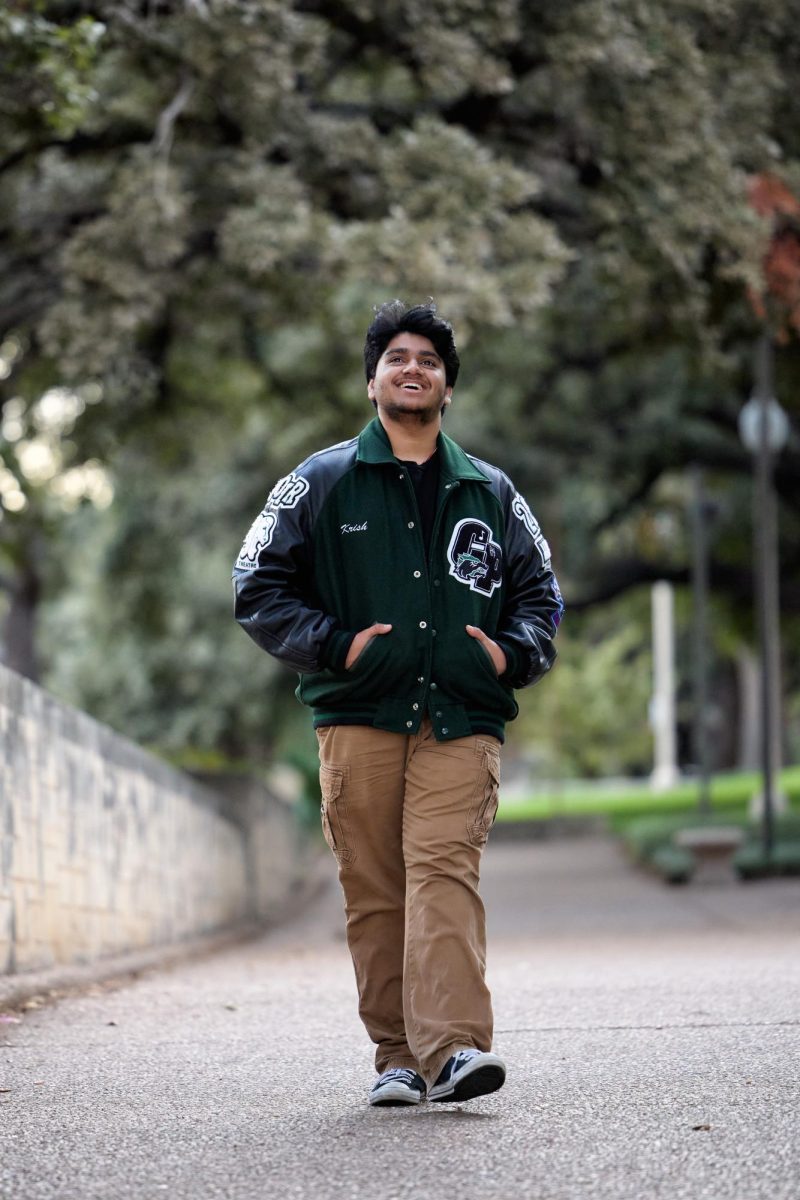
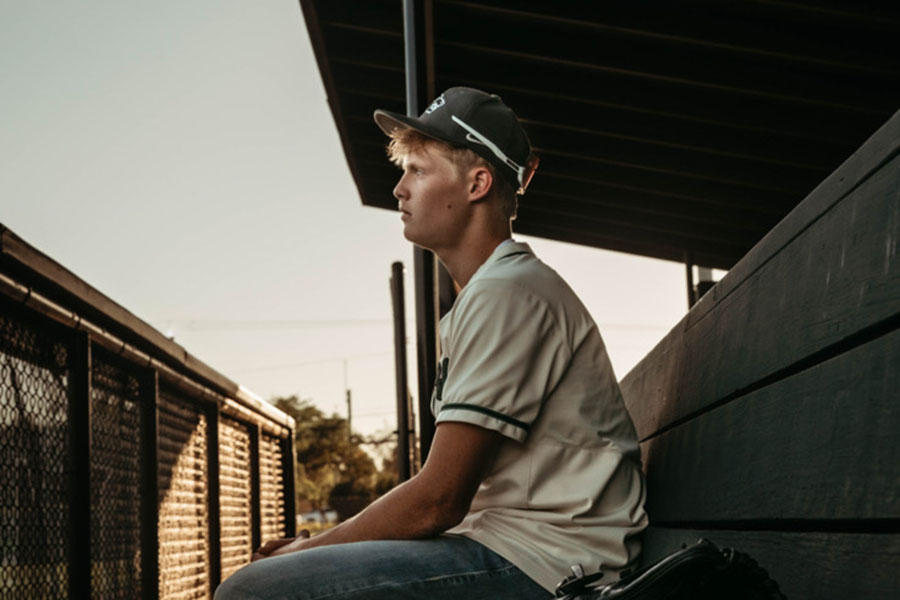
![Bringing her arm over her head and taking a quick breath, junior Lauren Lucas swims the final laps of the 500 freestyle at the regionals swimming competition on date. Lucas broke the school’s 18-year-old record for the 500 freestyle at regionals and again at state with a time of 4:58.63. “I’d had my eye on that 500 record since my freshman year, so I was really excited to see if I could get it at regionals or districts,” Lucas said. “ State is always a really fun experience and medaling for the first time was really great. It was a very very tight race, [so] I was a bit surprised [that I medaled]. [There were] a lot of fast girls at the meet in general, [and] it was like a dogfight back and forth, back and forth.” Photo by Kaydence Wilkinson](https://cphswolfpack.com/wp-content/uploads/2025/03/Kaydence-2.7-23-edit-2.jpg)
![As the support team sits and poses for a photo in the cafeteria with the counseling team they eagerly wait to start their day. "We [all] seem to be a team, I get up every day and there's days where I don't want to go to work today, but I'm thankful that I have a job and I'm blessed to have what I have," Christopherson said. Photo Courtesy of Julie Weltens.](https://cphswolfpack.com/wp-content/uploads/2025/01/AF9E8470-10D7-4C91-BF28-EC8F86BAB66C-1200x852.jpeg)
![Officer Stephanie Cash is in her second year as an SRO at CPHS. “Seeing [students] grow over the years has been kind of cool,” Officer Cash said. “Freshmen that [are] all over the place and then in the next couple of years get a little more squared away and go to class and do work and start thinking about the future. Being a part of a student's growth is the best way to measure my success as an SRO.” Photo Courtesy of Cedar Park Police Department's PIO, Alicia Gallagher.](https://cphswolfpack.com/wp-content/uploads/2024/12/CPHS-SRO-900x1200.jpg)


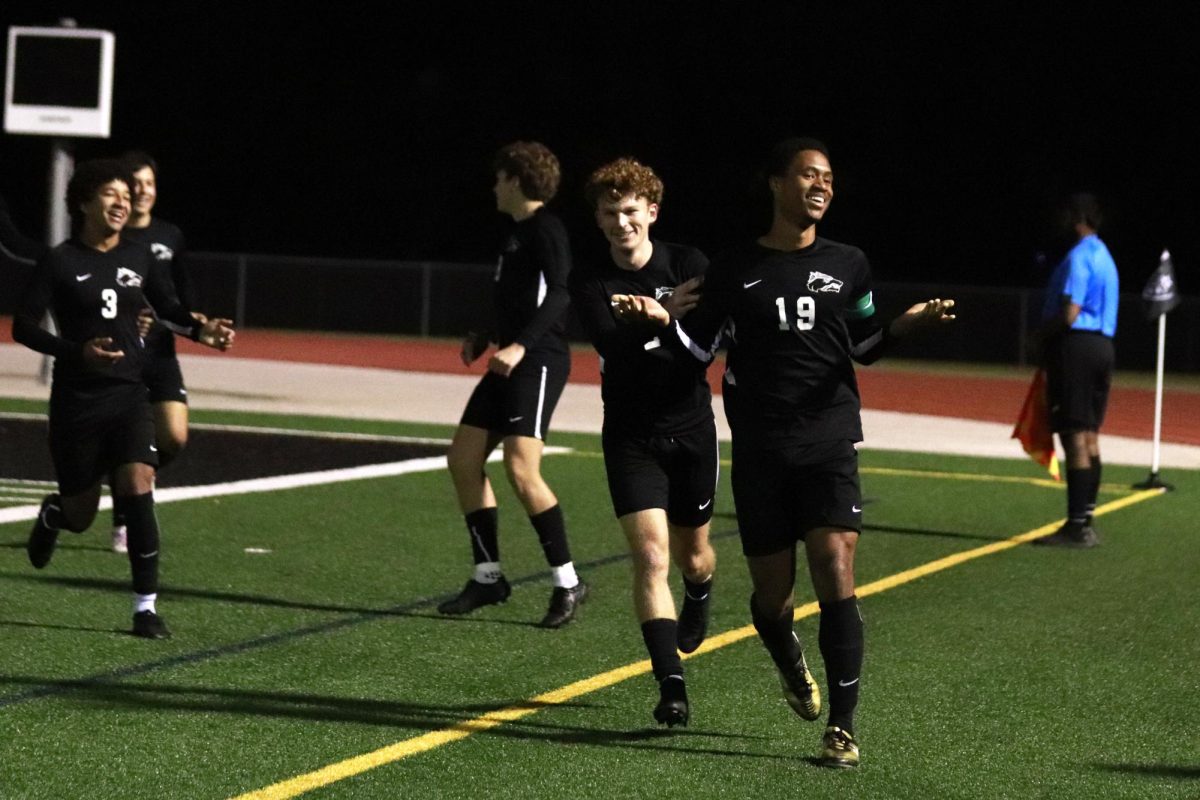
![Taking a breath as he raises his arm up and out of the water, sophomore Kaden Padilla swims the 500 freestyle at the UIL state meet on Feb. 21-22. Padilla placed 10th overall and second in the consolation final in the event, dropping two seconds. “My family was there, so being able to drop time for them was really special,” Padilla said. “It was awesome [finding out I advanced to the consolation finals]. I wasn’t expecting it, and I was very surprised. My parents being there definitely made me a lot happier knowing they got to see me swim in finals.” Photo by Skyler King.](https://cphswolfpack.com/wp-content/uploads/2025/03/kaden-padilla.jpg)

![Three defenders try to stop senior point guard Hope Edwards before the ball leaves her hands. The girls basketball team faced Liberty Hill on Feb 21, losing 58-40. “[My season was] definitely bittersweet,” Edwards said. It's definitely sad [because] I'm gonna miss all my teammates, my coaches and just the whole CP environment.”](https://cphswolfpack.com/wp-content/uploads/2025/03/julia-128-1200x800.jpg)







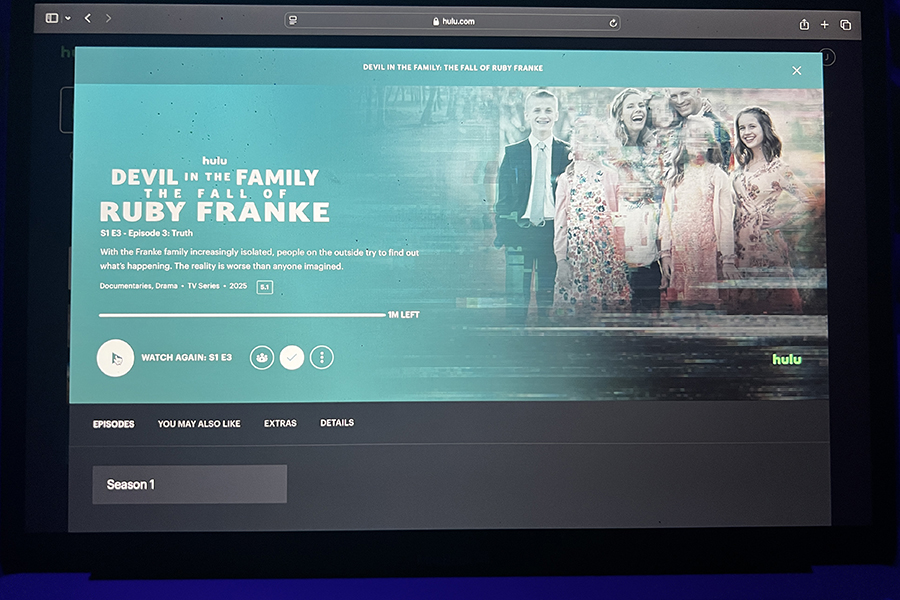





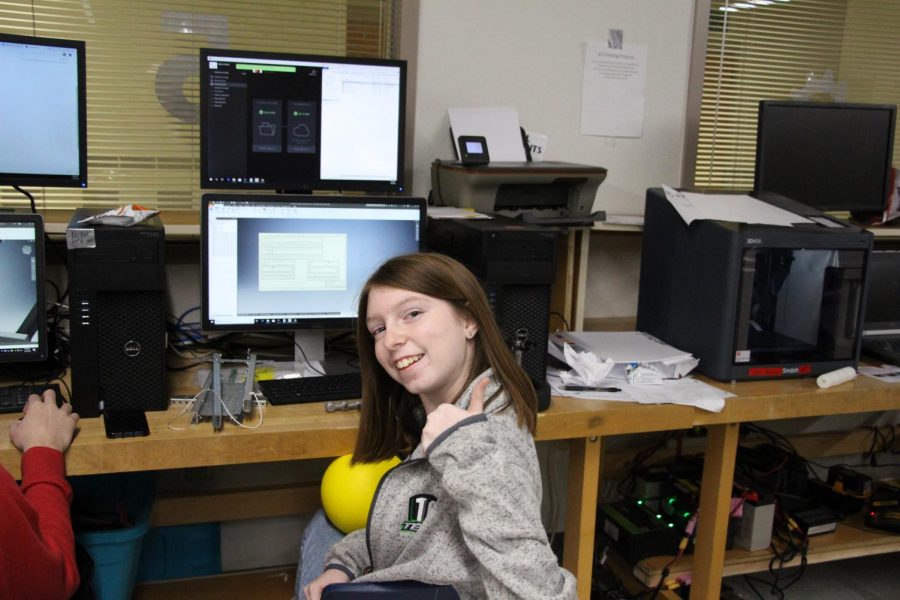
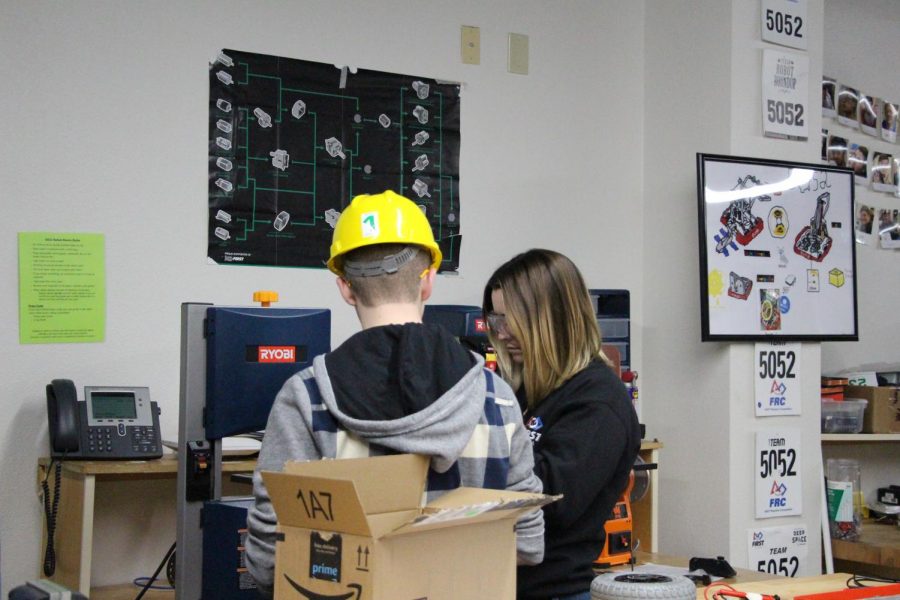



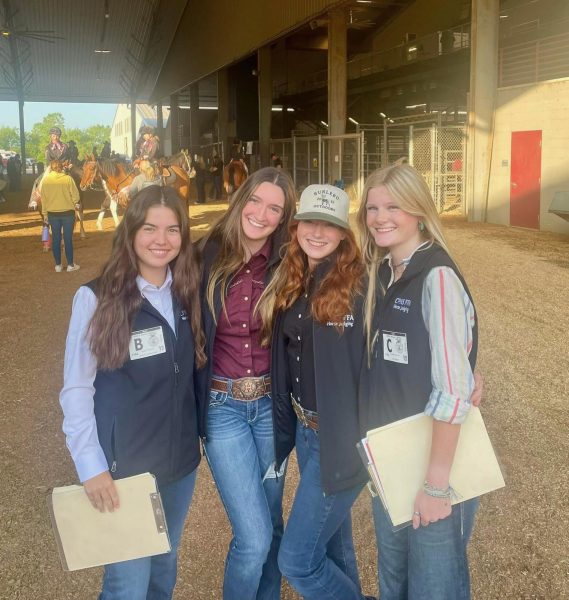
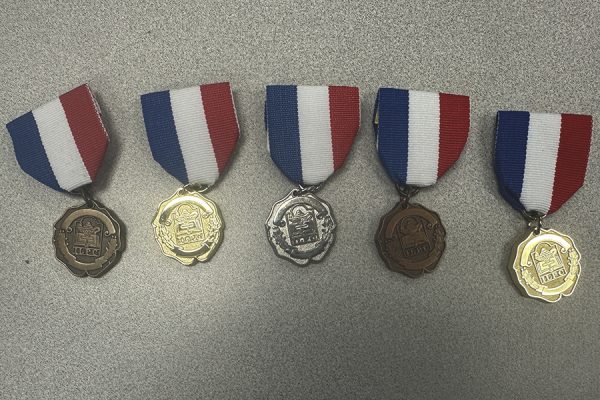

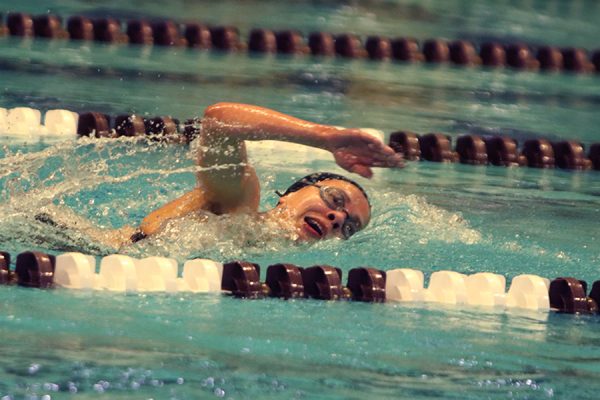

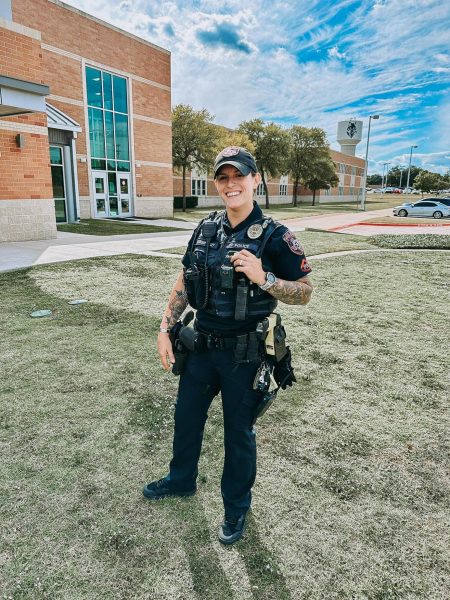




![Whereas classical art depicts a scene and tells a story, often of mythology or religious references, artists of modern times focus more on expressing ideas and feelings. The style of back then has since been replaced by splashes of color, curvy lines and other new art techniques. "[Over time] I think art has shifted more to emotion rather than human beauty, " sophomore Braeden Murray said. "Modern art is significantly more abstract and doesn't have an obvious theme in mind. Very simple shapes, no people to be seen, and more colorful. I think in the older [time period] the art was definitely more human based, with biblical [references] while modern art is more emotion based because it's not depicting a particular scene or action that's happening.”](https://cphswolfpack.com/wp-content/uploads/2023/02/2023-vs-1503-300x200.png)

